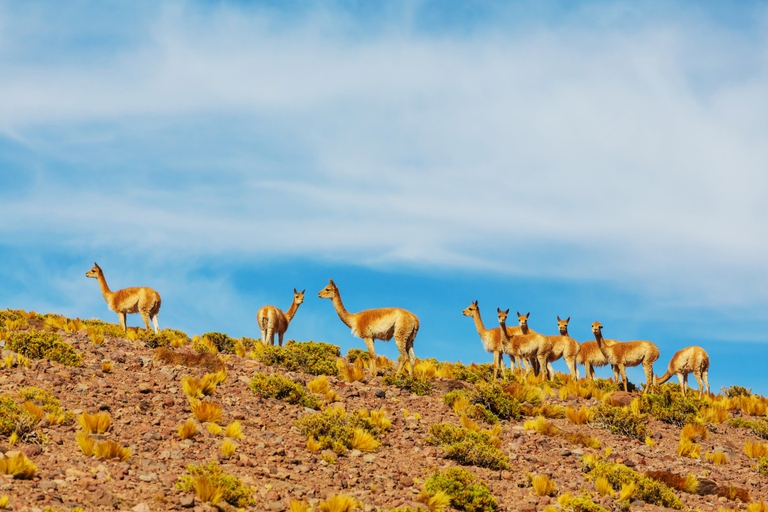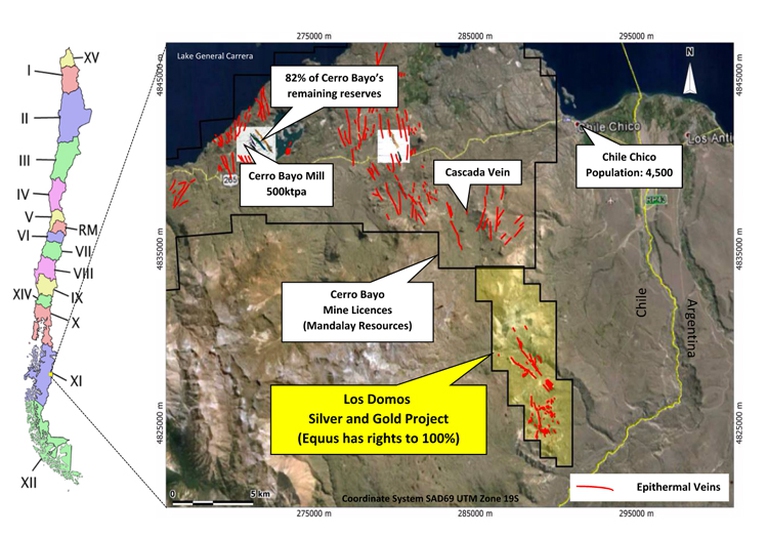
South African court dismisses a major lawsuit by 140,000 Zambian women and children against Anglo American for Kabwe lead poisoning. A setback for affected communities enduring the lasting impact of lead contamination.
Il Parco nazionale Patagonia, in Cile, è stato ufficializzato dal nuovo governo con 304.527 ettari di terra protetti. 5.000 in meno rispetto alle promesse del governo precedente, proprio in un’area dove si vuole portare avanti un progetto per l’estrazione di oro e argento.
The heart of southern Chile is home to epic landscapes, from the arid Patagonian steppe to lush forests and glacial lakes, and to numerous endemic species, like the iconic guanaco, a funny camelid similar to llama that populates these immense expanses. And it’s precisely in this area that former president Michelle Bachelet announced last year the creation of a new nature reserve, the Patagonia National Park, in the province of Chile Chico in the Aysén region, which contributed to the creation of one of the world’s largest protected areas. The park became reality in December 2018, with its 304,527 hectares of land. Problem is the area was supposed to be of 309,445 hectares.
In fact, the creation of the park was announced on 29 January 2018 by then President of Chile Michelle Bachelet, the first woman to occupy the position in the country in 2006 and now serving as United Nations High Commissioner for Human Rights. After the national elections, the country changed its leadership, electing a right-wing executive led by President Sebastián Piñera. The new government has thus proudly announced the new national park in the Official Journal published on 11 December 2018, celebrating the 304,527 hectares of land protected, 5,000 down on the former government’s proposal.
It’s no coincidence that the Australian mining company Equus Mining made explorations in the area excluded from the park back in 2017, in order to launch Los Domos, a project for the extraction of gold and silver carried out by the South American branch of the company, the Southern Gold. The plan involves 19 perforation platforms thanks to 12 mining concessions and it would generate investments for 1.4 billion dollars, according to estimates.
So it was already known to environmental and tourism organisations, which are worried for the impact of the project, that the area was of interest of the mining industry, which is in turn an interest of the local government. In fact, lobbying actions have been made in order to keep the area out of the park and continue extraction activities. Also, Chile’s minister of National property Felipe Ward said a historic agreement has been reached to meet everybody’s interests after meeting Chile Chico’s mayor Ricardo Ibarra. “We are making a huge step towards unity,” commented Ibarra. “This is not a triumph for just one of the sectors; it is a triumph for Chile Chico and everyone is called to be part of it”.
What remains still unclear, however, is whether some activities and assessments of the environmental impact of the project were object of irregularities. This is why an investigation by the country’s Superintendencia del medio ambiente (SMA) is ongoing as reported by the environmental organisation CODEFF. “A productive sector can’t grow at the cost of others,” commented the Tourism Federation of Aysén. “It is necessary to opt for activities that do not put sustainability at risk”. Local populations have started mobilising under the motto “”Chile sin más mineras”, Chile with no more mines.
The creation of Patagonia National Park, made possible thanks to the collaboration between the government and the Douglas Tompkins Foundation – which made the largest land donation in history – allowed the completion of the country’s network of national parks and the launch of the Ruta de los Parques de la Patagonia, a unique route that traces and connects, for over 2,800 kilometres, 17 protected areas in the country. A move that presented Chile as a pioneer and example at an international level of how the cooperation between the private and public sector can actually work, having a positive impact on biodiversity, the economy and local communities.
View this post on Instagram
Despite 5,000 hectares could seem a small number compared to the total area of protected land in the country, the conflict of interests between the extraction industry and the conservation of nature makes us understand that a lot is at stake. Also, it clashes with the path Chile has embarked in terms of sustainability. So now the hope is that the new government won’t back away putting at risk one of the pristine and wild places of Earth and understands that nature is inestimably precious, more than gold.
Siamo anche su WhatsApp. Segui il canale ufficiale LifeGate per restare aggiornata, aggiornato sulle ultime notizie e sulle nostre attività.
![]()
Quest'opera è distribuita con Licenza Creative Commons Attribuzione - Non commerciale - Non opere derivate 4.0 Internazionale.
South African court dismisses a major lawsuit by 140,000 Zambian women and children against Anglo American for Kabwe lead poisoning. A setback for affected communities enduring the lasting impact of lead contamination.
Controversial African land deals by Blue Carbon face skepticism regarding their environmental impact and doubts about the company’s track record, raising concerns about potential divergence from authentic environmental initiatives.
Majuli, the world’s largest river island in Assam State of India is quickly disappearing into the Brahmaputra river due to soil erosion.
Food imported into the EU aren’t subject to the same production standards as European food. The introduction of mirror clauses would ensure reciprocity while also encouraging the agroecological transition.
Sikkim is a hilly State in north-east India. Surrounded by villages that attracts outsiders thanks to its soothing calmness and natural beauty.
Sikkim, one of the smallest states in India has made it mandatory for new mothers to plant saplings and protect them like their children to save environment
Chilekwa Mumba is a Zambian is an environmental activist and community organizer. He is known for having organized a successful lawsuit against UK-based mining companies.
What led to the Fukushima water release, and what are the impacts of one of the most controversial decisions of the post-nuclear disaster clean-up effort?
Nzambi Matee is a Kenyan engineer who produces sustainable low-cost construction materials made of recycled plastic waste with the aim of addressing plastic pollution and affordable housing.









